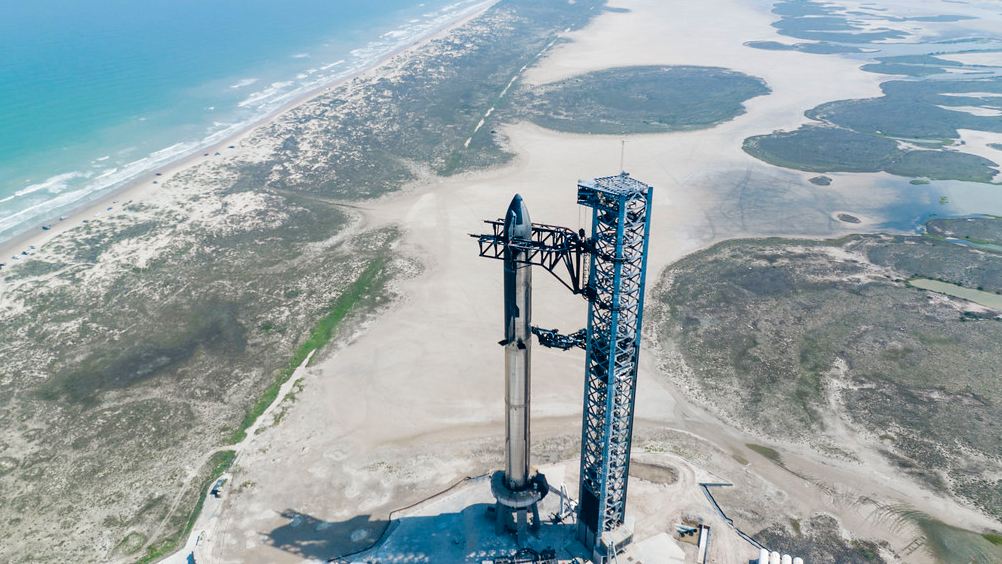When people think of the “Gateway to Mars,” they usually envision Starbase, Texas, the iconic launch site for SpaceX’s Starship. But there’s another launch site quietly rising to equal importance—Launch Complex 39A (LC-39A) at Kennedy Space Center in Florida.
Florida, already the heart of the space industry, is rapidly becoming a vital launch point for Starship’s future operations. With the installation of the flame trench at LC-39A, SpaceX has reached a major milestone. The new infrastructure mirrors the latest innovations from Starbase and marks a leap forward in readiness for high-cadence Starship launches.
So, how far has SpaceX come in Florida? What’s left before Starship lifts off from the East Coast?
Let’s break down the progress—and what it means for the future of space travel.
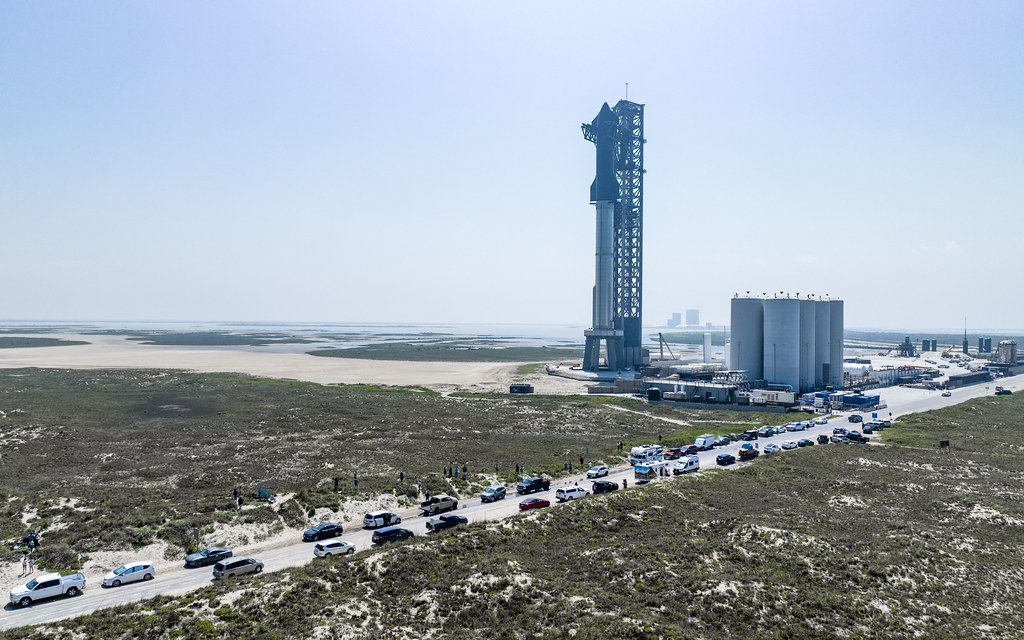
A Second Starbase: Why Florida Matters
SpaceX Expanding Beyond Texas
While Starbase, Texas, is where SpaceX’s bold Mars vision is being engineered, Florida is becoming the operational backbone of the Starship program. With Kennedy Space Center’s rich history, including Apollo and Space Shuttle missions, it’s no surprise that LC-39A was chosen as a Starship launch site.
But this isn’t just another pad—it’s a modernized launch site, designed to support a massive increase in launch frequency.
From Steel Plates to Flame Trenches: A New Era in Pad Design
Learning from Starbase Pad 1
The original Pad 1 at Starbase used a water-cooled steel plate system to withstand the brutal forces of Super Heavy boosters. While effective short-term, it showed signs of rapid wear and tear, requiring frequent maintenance.
SpaceX needed something better.
Enter the Flame Trench System
The solution? A flame trench—a dual L-shaped bucket system made from densely packed steel pipes. This system doesn’t absorb energy—it deflects and dissipates the intense heat and pressure from Starship’s engines.
Compared to earlier designs, the flame trench offers:
- Lower maintenance needs
- Higher durability
- Improved acoustic suppression
- Efficient heat dissipation
And now, this system has officially arrived at LC-39A.
Major Milestone: Flame Bucket Installation at LC-39A
On September 27th, two massive flame trench sections were carefully lifted into place at LC-39A. These L-shaped buckets—nearly identical to those installed at Pad 2 in Texas—are now secured in the ground.
This was no small feat. It required:
- Excavation of the original OLM site
- Laying down rebar and concrete
- Crane-lifting of heavy steel trench sections
- Precision alignment for installation
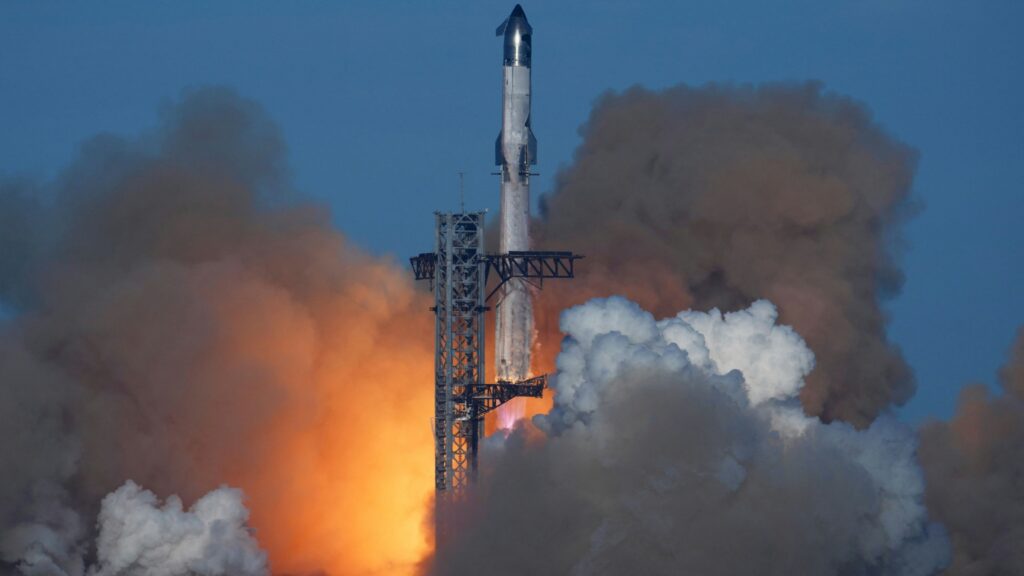
Why This Matters
This installation shows that Florida’s pad is catching up quickly with Texas. And thanks to lessons learned during the Starbase build, construction here is faster and more efficient.
Florida also benefits from pre-existing infrastructure, like the Falcon 9 launch tower, saving considerable build time.
The New Orbital Launch Mount: What Comes Next
The flame trench is just the foundation. Now, the spotlight turns to the most technically demanding structure of the launch system—the Orbital Launch Mount (OLM).
What is the OLM?
The OLM is a box-shaped steel platform that:
- Supports the Super Heavy booster
- Includes hold-down clamps
- Contains plumbing systems for fuel and coolant
- Has interfaces for automated ground systems
At Pad 2, this build took months. Florida’s OLM will follow the same complex, multi-stage process:
- Construct the steel frame off-site
- Install clamps and legs
- Integrate plumbing and electrical systems
- Transport and weld it to the launchpad
🚀 Estimated timeline for OLM construction at LC-39A?
November–December 2025, based on current progress.
The Deluge System and Acoustic Testing
Before any static fires or launches, SpaceX will conduct deluge testing—dramatic water jet tests to simulate the extreme thermal and acoustic environment of a Starship launch.
The deluge system floods the trench with water to:
- Reduce flame and heat
- Suppress sound energy
- Prevent pad erosion and damage
These tests were already successful at Starbase’s Pad 2, and LC-39A is expected to follow suit soon.
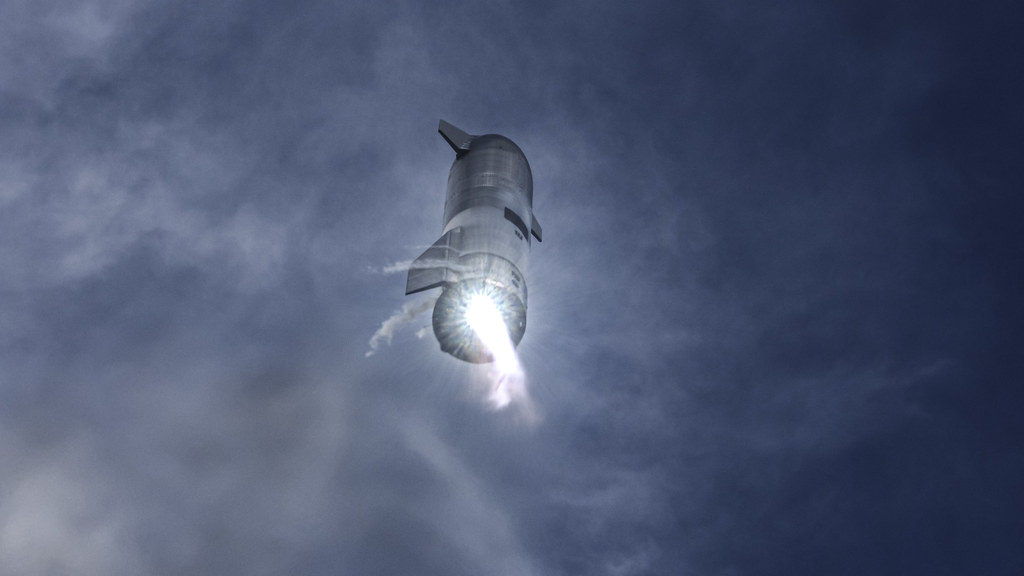
Starship Launch Tower and Chopsticks: Stacking and Catching
Another essential component nearing completion is the launch tower, complete with the iconic chopsticks.
Chopsticks: More Than Just a Nickname
This massive mechanical system:
- Stacks Starship onto Super Heavy
- Holds the rocket steady during fueling
- May one day catch the booster mid-air after flight
This would eliminate the need for landing legs and drastically improve launch turnaround time.
At LC-39A, the chopsticks are expected to be among the first subsystems activated after the trench and OLM.
From Launchpad to Full Ecosystem: Florida’s Future Gigafactory
Currently, all Starships are built in Texas. But that limits launch volume in Florida.
To fix this, SpaceX is developing a Starship gigafactory in Florida. Though early in construction, this factory will:
- Assemble Starships locally
- Reduce transport costs and time
- Allow faster launch cadence
Once operational, LC-39A and future Florida pads could launch dozens of Starships each year—a game-changer for operations.
Scaling Up: LC-39A and SLC-37 to Lead the Charge
LC-39A: The Launch Leader
- Currently being upgraded for Starship launches
- Expected to handle 44 flights per year
- Will also support NASA Artemis missions, lunar refueling, and military contracts
SLC-37: The Unsung Hero
Located nearby, Space Launch Complex 37 (SLC-37) is being prepped for two or more Starship pads.
With fewer constraints (no Falcon 9 overlap), SLC-37 could see up to 76 launches per year.
Together, these pads give Florida the potential to outpace even Starbase in launch volume.
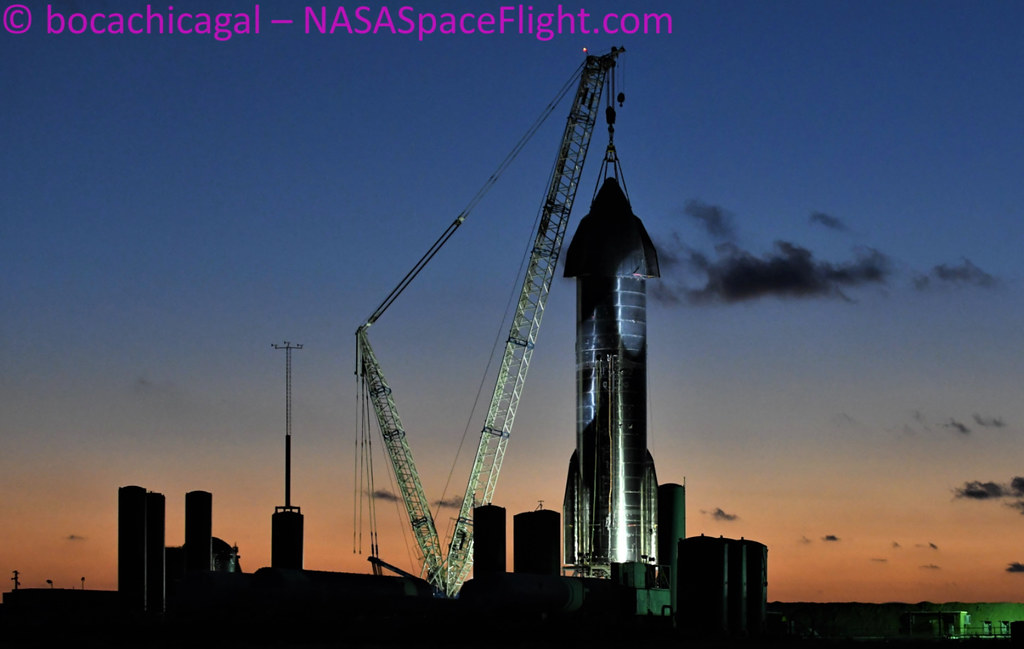
Florida vs. Texas: Division of Responsibilities
While Texas will remain the experimental and Martian-focused hub, Florida is fast becoming the operational center for:
- NASA missions
- Lunar support
- U.S. government and military launches
Double the Launches, Double the Landings
Every launch will eventually be paired with a booster recovery, either:
- Caught by chopsticks
- Landed on droneships at sea
This dual system means Florida will host more launches and landings than any site in history.
Future-Proofing for Raptor 3 and Beyond
The upcoming Raptor 3 engine will boost thrust to 9,000+ tons, eventually exceeding 10,000 tons.
This immense power demands stronger infrastructure, and that’s exactly what LC-39A’s new systems are built for.
- Stronger mounts
- More durable trenches
- Advanced water systems
SpaceX isn’t building for today—they’re building for daily launches and hourly booster reuse.
A Glimpse into the Future: What Comes After?
Upgrades Planned for Starbase Pad 1
After Pad 2 and LC-39A are operational, Pad 1 in Texas will be retrofitted with similar upgrades. This will standardize all Starship launch systems.
Florida as the Launch Capital
With the combination of:
- High cadence launches
- Local manufacturing
- NASA integration
- Support for Artemis and military needs
Florida is on track to become the busiest spaceport in the world.
Final Thoughts: A New Era of Launch Infrastructure
The flame trench installation at LC-39A may seem like a small step, but it’s a massive leap toward operational Starship launches from Florida.
This milestone symbolizes SpaceX’s relentless innovation, its learning curve from Texas, and its ambition to build infrastructure for the future of humanity in space.
If SpaceX succeeds, we’re not just witnessing new launch pads—we’re seeing the foundation for:
- Daily space launches
- Lunar refueling
- Mars colonization
- Global rapid cargo delivery
All of it begins with solid infrastructure—and LC-39A is nearly ready.
FAQs
1. What is SpaceX building at LC-39A in Florida?
SpaceX is building a fully operational Starship launch pad at Launch Complex 39A (LC-39A) at Kennedy Space Center. This includes a new flame trench, orbital launch mount, launch tower, chopsticks, and supporting infrastructure for high-frequency Starship launches.
2. What is a flame trench and why is it important?
A flame trench is a structure designed to deflect and dissipate the intense heat and pressure produced during rocket launches. It helps protect the pad, equipment, and surroundings by redirecting the engine exhaust and reducing wear on the infrastructure.
3. When was the flame trench installed at LC-39A?
The flame trench sections at LC-39A were installed on September 27, 2025, marking a major milestone in Florida’s Starship pad construction.
4. How does the LC-39A design compare to Starbase in Texas?
The LC-39A pad is being upgraded to mirror Pad 2 at Starbase, including a dual flame bucket system, improved deluge system, and orbital launch mount. Florida is benefiting from lessons learned in Texas, enabling faster and more efficient construction.
5. What is the Orbital Launch Mount (OLM)?
The Orbital Launch Mount is a massive steel structure that supports the Super Heavy booster during liftoff. It includes hold-down clamps, propellant plumbing, and ignition systems, and is crucial for safe and repeatable launches.
6. Will Starship be built in Florida too?
Yes, SpaceX is developing a Starship gigafactory in Florida to locally manufacture and assemble Starships. This will eliminate the need to transport vehicles from Texas and support higher launch cadence.
7. What are the “chopsticks” used for at the Starship launch tower?
The “chopsticks” are giant robotic arms attached to the launch tower. They are used to stack Starship onto Super Heavy, stabilize the rocket, and may eventually catch boosters during landings to allow rapid reuse.
8. How many launches per year will LC-39A support?
SpaceX aims to support up to 44 Starship launches per year from LC-39A, with potential for even more once additional upgrades are complete.
9. What is SLC-37 and how does it fit into SpaceX’s plans?
Space Launch Complex 37 (SLC-37) is another Florida launch site SpaceX is preparing to host additional Starship pads, potentially supporting 76+ launches per year, making it even more active than LC-39A.
10. Will Florida surpass Texas in Starship launch volume?
Yes, due to the higher number of launch pads, government contracts, and NASA partnerships, Florida is expected to surpass Texas in Starship launch volume within the next few years.
11. What kind of missions will Florida-based Starships support?
Florida Starship missions will primarily support:
- NASA Artemis lunar missions
- Orbital refueling operations
- U.S. military and government launches
- Satellite deployments and commercial missions
12. What thrust levels will the new Starships achieve?
Current Starships generate about 7,000 tons of thrust, but the upcoming V3 models with Raptor 3 engines are expected to exceed 9,000 tons, eventually aiming for 10,000+ tons.
13. What testing is required before launching from LC-39A?
Before launch operations can begin, SpaceX will conduct:
- Deluge water system tests
- Static fire tests with Super Heavy
- Structural integrity checks
- Integration tests with chopsticks and the OLM
14. How is the deluge system different from earlier designs?
Earlier designs used water-cooled steel plates, but the new deluge system floods the flame trench with water to better absorb sound energy and cool engine exhaust, reducing pad damage and maintenance needs.
15. When will the first Starship launch from LC-39A likely happen?
Based on current construction timelines, the first Starship launch from LC-39A could happen in mid-to-late 2026, following completion of the OLM, tower integration, and successful system tests.
Read More:
- 2026 Tesla Model 2 Finally On WEBSITE! BIG Changes On Design & Price! Elon Musk Lied Us
- Lithium is OVER! Elon Musk’s 2026 Tesla Aluminum-ion Battery is Finally HERE. INSANE Inside
- Tesla Full Self-Driving v14 gets new release date, Elon Musk details
- Affordable Tesla Model Y spotted without camouflage near Giga Texas
- Tesla coding shows affordable model details, including potential price

